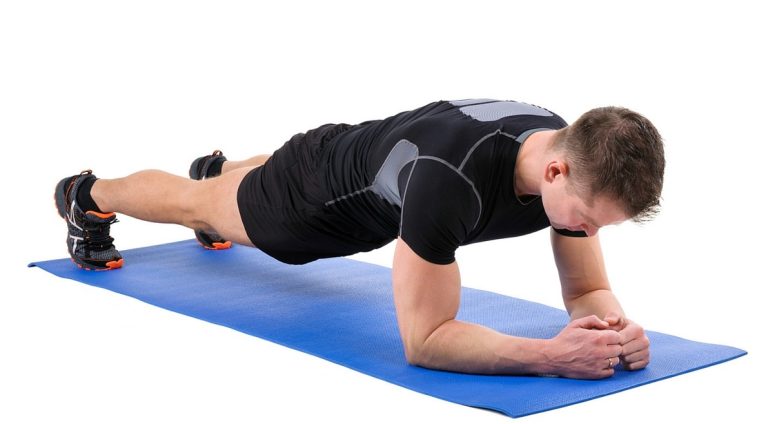Physical activity and sport are strongly recommended for reducing blood pressure, but some exercises are more effective than others. So suggest recent findings from British researchers, who explain that isometric exercises, such as planks and wall sits, are particularly likely to prevent high blood pressure.
According to the World Health Organization, regular physical activity “is one of the first treatments recommended to lower blood pressure and improve cardiovascular health, among both the general population and those people with hypertension”.
At least 150 minutes a week of “moderate intensity aerobic physical activity” – or at least 75 minutes of “vigorous intensity aerobic physical activity” – are needed to prevent hypertension in adults aged 18-64.
Meanwhile, “muscle-strengthening activities, involving major muscle groups” should be done at least twice a week, the WHO continues. In other words, cardio, or aerobic exercise, is essential for lowering blood pressure.
A team of researchers from Canterbury Christ Church University and the University of Leicester have further explored the matter, offering an analysis of available data from clinical trials.
Published in the British Journal of Sports Medicine, their work took into account new forms of physical activity such as High-Intensity Interval Training (HIIT) and static isometric exercises, which involve working muscles without moving.
And their findings are surprising, given that it is isometric exercises, such as planks or wall sits, that appear to be the most effective in lowering blood pressure.
The researchers gathered 270 clinical trials, demonstrating the impact of physical training lasting at least two weeks, on resting blood pressure, published between 1990 and 2023 and including almost 16,000 participants.
The study particularly focused on aerobic exercise, dynamic resistance training such as squats or push-ups, HIIT, and isometric exercises.
The verdict is clear: all categories of exercise significantly reduced systolic and diastolic blood pressure, but the greatest reductions were observed after isometric exercise.
In detail, isometric exercises, such as planks or wall sits, reduced blood pressure by 8.24 and 4 ml of mercury (mmHg), compared with 4.49 and 2.53 mmHg for aerobic exercises.
Secondary analyses place wall squats, a type of isometric exercise, and running, an aerobic exercise, at the top of the list of individual workouts most effective in reducing systolic (90.5%) and diastolic (91%) blood pressure.
“Overall, isometric exercise training is the most effective mode in reducing both systolic and diastolic blood pressure,” the experts concluded.
“These findings provide a comprehensive data-driven framework to support the development of new exercise guideline recommendations for the prevention and treatment of arterial hypertension.”
The WHO estimates that 1.28 billion people between the ages of 30 and 79 suffer from hypertension worldwide, and that 46% of adults are unaware of their condition.
In addition to physical activity, eating a healthy, low-salt diet, with plenty of fruit and vegetables, and quitting smoking are important factors in preventing hypertension.











